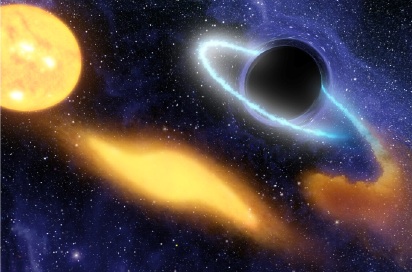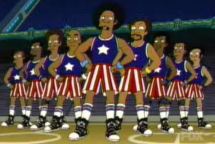 Well, it is midnight and I am only on page 12 of the notes I am writing to present as a talk in the Southern California String Seminar tomorrow at 9:15am. Don’t try this at home – prepare talks early, ok?
Well, it is midnight and I am only on page 12 of the notes I am writing to present as a talk in the Southern California String Seminar tomorrow at 9:15am. Don’t try this at home – prepare talks early, ok?
Where is the seminar being held? UCLA! What University am I from? USC! What event happens tomorrow besides my (hopefully not too terrible) talk? The big USC vs UCLA head to head in College Football. If USC wins, they go to the championship game, apparently. Yay.
So the usual articles about the cross town rivalry between the two institutions have shown up this week in print and on National radio and TV. There are two amusing (and interesting) ones that I looked at – one in LA Weekly (about academic performance, faculty recruitment, student acheivement, and much more – illustration above from it, by Deanna Staffo), and one in the LA Times (mostly about nightlife). Have a look. There are dozens of others -just type USC into the LA Times search engine for example. You learn things about both universities as well from those two, so it is not without some point. For example, our young ones clearly go to cooler bars, for a start, as you can see from the pictures in the LA Times article.
(Strange that the articles do not mention the cooperation and general fun had when their high energy physics groups get together to discuss topics in string theory and other physics. Very odd omission indeed.)
I would say a lot more about the articles, but time is not on my side, so I will instead leave you with […] Click to continue reading this post →




 Well, it is midnight and I am only on page 12 of the notes I am writing to present as a talk in the
Well, it is midnight and I am only on page 12 of the notes I am writing to present as a talk in the 














